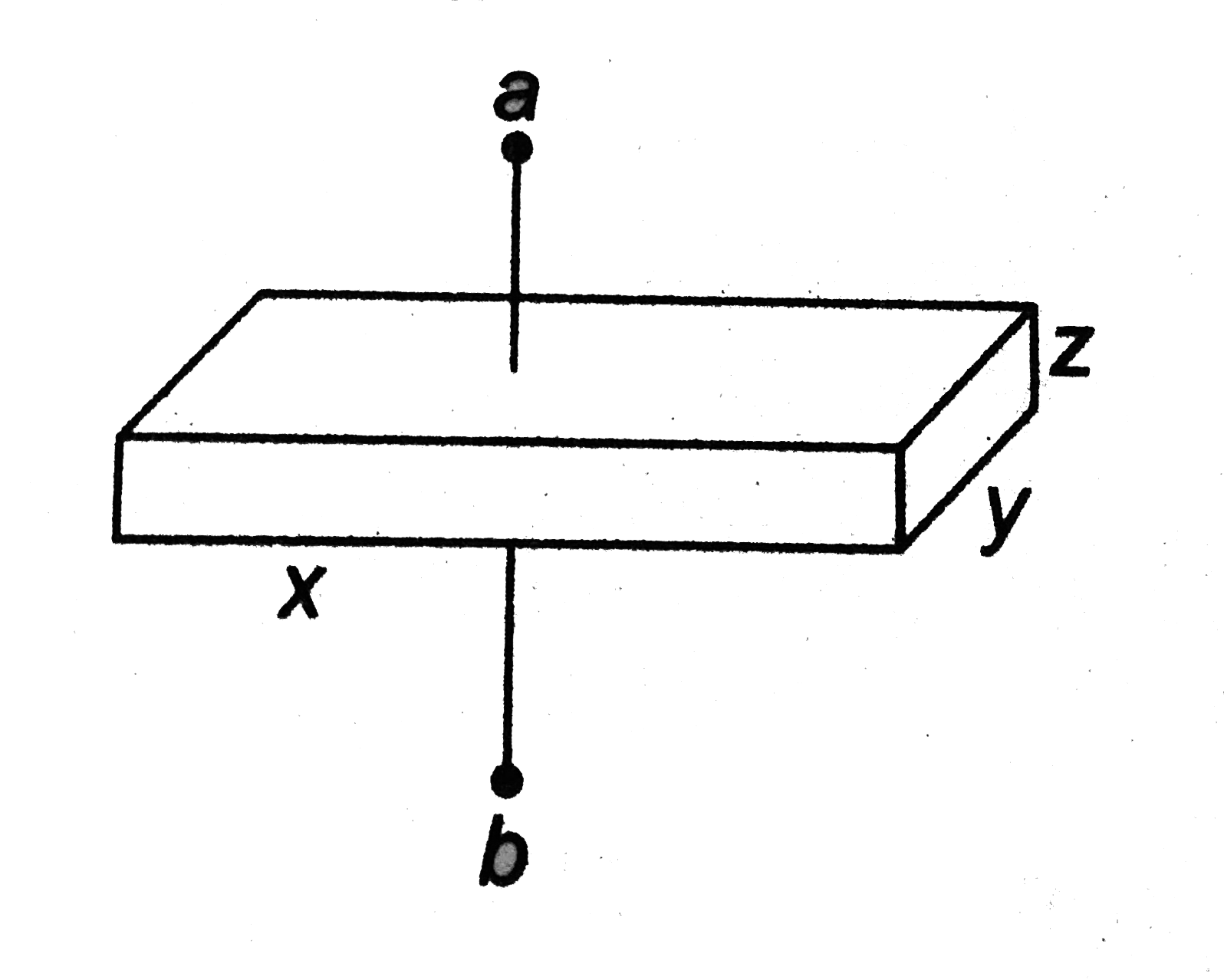In thermal inversion.
Warm ground air gets overlapped by cool air
Cool ground air gets overlapped by warm air
Ground temperature becomes high in winter
Ground temperature becomes low in summer.
The correct Answer is:B
Step-by-Step Solution:
1. Understanding Thermal Inversion:
- Thermal inversion occurs when a layer of warm air traps cooler air beneath it. This phenomenon typically happens at night when the ground cools down faster than the air above it.
2. Formation of Layers:
- In a thermal inversion, the cooler air is located close to the ground, while the warmer air is situated above this cooler layer. This creates a stable atmospheric condition.
3. Effect on Air Pollution:
- The warm air acts as a lid, preventing the cooler air (and any pollutants within it) from rising. This leads to a buildup of pollutants in the cooler air layer, as they cannot disperse into the atmosphere.
4. Analyzing the Options:
- The first option states that warm air gets overlapped by cool air. This is incorrect because, in thermal inversion, it is the cool air that is overlapped by the warm air.
- The second option suggests that cool ground air is overlapped by warm air, which aligns with our understanding of thermal inversion.
- The third option about ground temperature becoming high is not relevant to the definition of thermal inversion.
- The fourth option also incorrectly states that warm ground air gets overlapped by cool air, which is not the case.
5. Conclusion:
- Based on the analysis, the correct understanding of thermal inversion is that cooler air is overlapped by warmer air, which prevents the rise of pollutants.
Final Answer:
- The correct answer is that cool ground air gets overlapped by warm air.
- Thermal inversion occurs when a layer of warm air traps cooler air beneath it. This phenomenon typically happens at night when the ground cools down faster than the air above it.
- In a thermal inversion, the cooler air is located close to the ground, while the warmer air is situated above this cooler layer. This creates a stable atmospheric condition.
- The warm air acts as a lid, preventing the cooler air (and any pollutants within it) from rising. This leads to a buildup of pollutants in the cooler air layer, as they cannot disperse into the atmosphere.
- The first option states that warm air gets overlapped by cool air. This is incorrect because, in thermal inversion, it is the cool air that is overlapped by the warm air.
- The second option suggests that cool ground air is overlapped by warm air, which aligns with our understanding of thermal inversion.
- The third option about ground temperature becoming high is not relevant to the definition of thermal inversion.
- The fourth option also incorrectly states that warm ground air gets overlapped by cool air, which is not the case.
- Based on the analysis, the correct understanding of thermal inversion is that cooler air is overlapped by warmer air, which prevents the rise of pollutants.
- The correct answer is that cool ground air gets overlapped by warm air.
Topper's Solved these Questions
- BOOK - DINESH PUBLICATION ENGLISHCHAPTER - ENVIRONMENTAL ISSUESEXERCISE - Check your grasp18videos
ENVIRONMENTAL ISSUES
- BOOK - DINESH PUBLICATION ENGLISHCHAPTER - ENVIRONMENTAL ISSUESEXERCISE - Brain teasers-X145videos
ENVIRONMENTAL ISSUES
- BOOK - DINESH PUBLICATION ENGLISHCHAPTER - ECHINODERMATAEXERCISE - REVISION QUESTIONS65videos
ECHINODERMATA
- BOOK - DINESH PUBLICATION ENGLISHCHAPTER - EVIDENCES OF EVOLUTIONEXERCISE - CHECK YOUR GRASP19videos
EVIDENCES OF EVOLUTION
Similar Questions
After thermal inversion, pollutants pile up in
View SolutionWhat do you mean by thermal expansion?
Define three kinds of thermal expansion.View SolutionDifferentiate between the following: Thermal decomposition & thermal dissociation.
View SolutionDefine the Thermal expansion.
View SolutionOcean thermal energy is due to :
View SolutionAssertion: Like light radiation, thermal radiations are also electromagnetic radiation.
Reason: The thermal radiations require no medium for propagation.View SolutionThermal conductivity of the conductor shown in figure is K. Find thermal resistance between points a and b.
 . View Solution
. View SolutionMention four properties of thermal radiation.
View SolutionFind SI units of thermal resistance.
View SolutionIn paracentric inversion
View Solution

